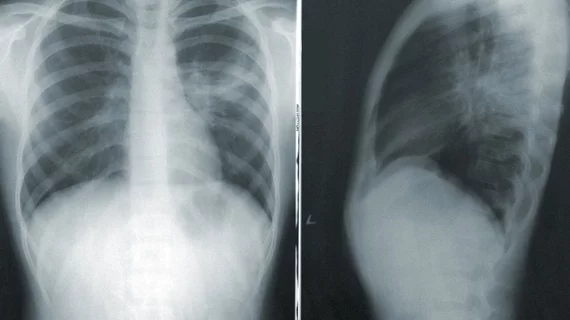Emergency department physicians can benefit from an AI assist when radiologists are unavailable to read chest X-rays. That’s according to new research published this week in BMC Medical Informatics and Decision Making.
Though having radiologists interpret images is superior to physicians reading exams, radiology staff shortages have forced many emergency medicine doctors to decipher their own radiographs on nights and weekends. The evolution of AI has proven beneficial in these situations, and new research suggests it can improve accuracy and decision making for physicians in emergency room settings.
“Globally, emergency care resources are limited, particularly in rural areas, where EDs often lack imaging equipment such as CT or magnetic resonance imaging scanners. In this context, the ability to accurately interpret X-ray findings, when available, is paramount to effective patient care,” Ji Hoo Kim with the Department of Emergency Medicine at Yonsei University College of Medicine, and co-authors wrote.
For this study, seven ED physicians volunteered to evaluate 388 patients, assessing their decision-making accuracy when using deep learning and when not using it.
Sensitivity, specificity and accuracy improved for all physicians using the deep learning-based assistive technology on chest radiographs, regardless of experience level. Clinical decision-making was impacted by the use of deep learning as well, with 106 decision changes made after consulting the assistive technology. The authors noted that the majority of these changes came from less experienced physicians.
“Our study findings suggest that the use of deep learning [for] chest radiographs can support chest radiograph interpretation performed by ED physicians, particularly those who are less experienced or under time and resource constraints; this technology might be used effectively in low-resource regions,” the authors explained.
You can read the full study here.

